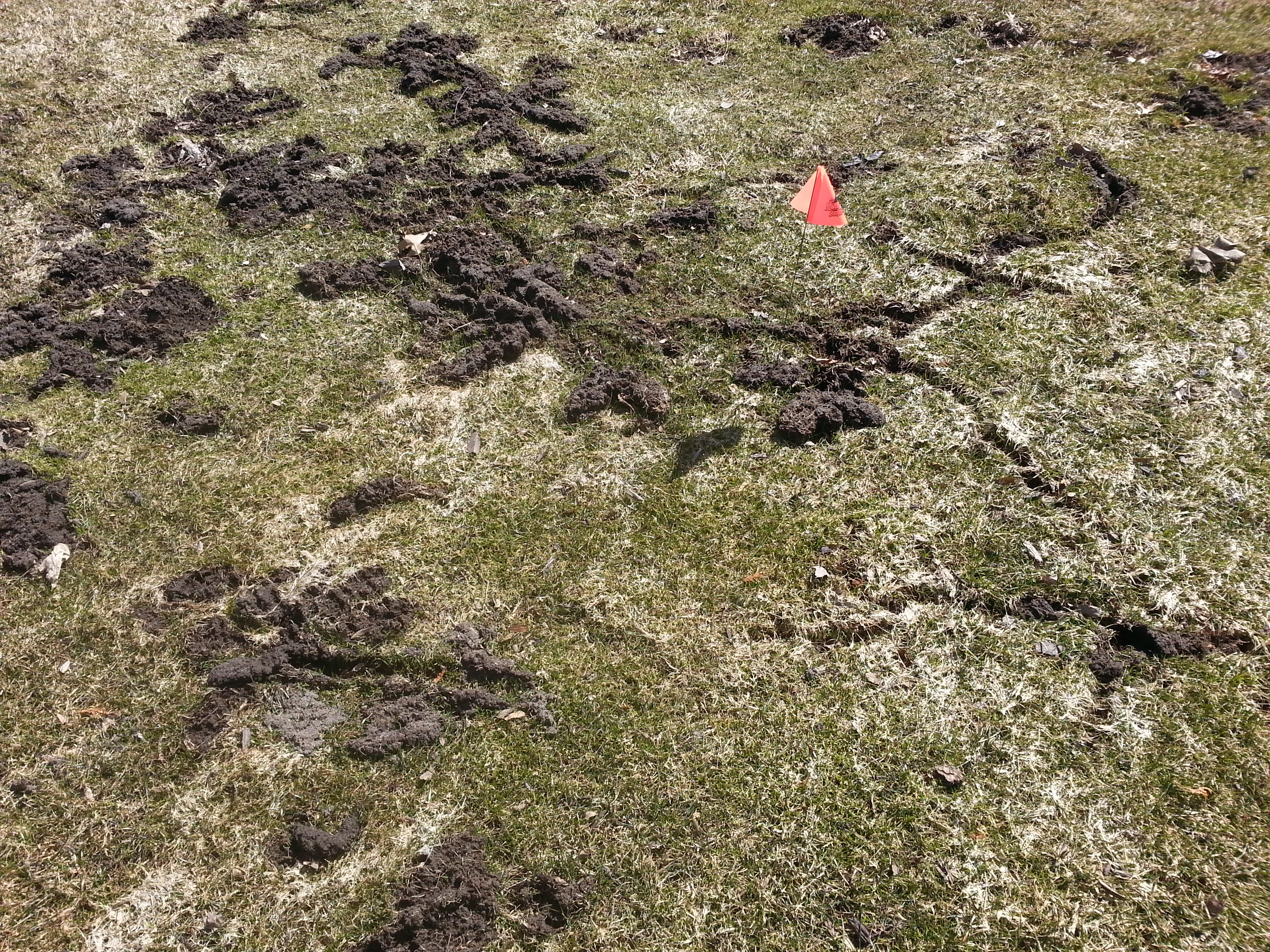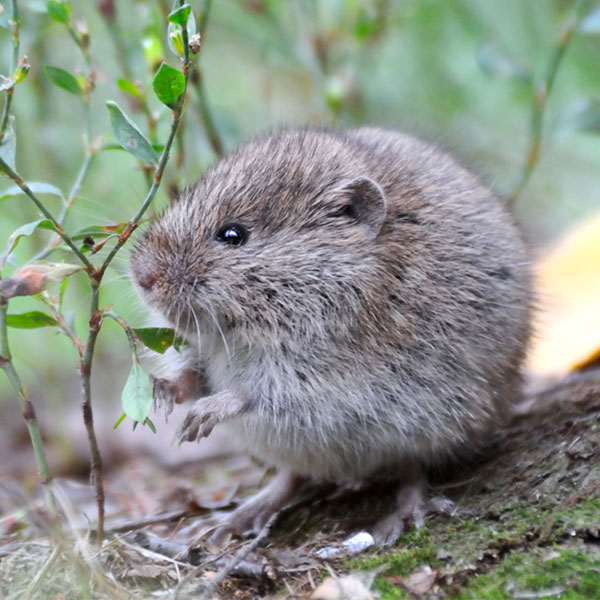Shield Your Lawn: Proven Vole Control Approaches Revealed!
Wiki Article
The Ultimate Handbook for Vole Bug Control: Expert Tips on Infestation Administration and Therapy
Within the realm of insect control, vole problems present an one-of-a-kind obstacle that requires a calculated technique. As we dive into the complex globe of handling vole problems, a wealth of expert suggestions and therapy options waits for those looking to reclaim their spaces from these relentless parasites.Recognizing Vole Infestations
When assessing for vole problems, eager monitoring of specific signs such as runways and delve systems is crucial for exact recognition. In addition, vole burrow systems are another vital indication of infestation.

Avoidance Strategies for Voles
Efficient avoidance techniques for vole infestations include executing aggressive measures to deter these small rats from causing damage to outside spaces. To shield your building, begin by preserving a neat yard without mess and debris. Voles are brought in to areas with ample hiding areas, so eliminating stacks of timber, rocks, and dense greenery can help make your residential or commercial property less enticing to these insects. Furthermore, on a regular basis cutting the lawn and keeping turf cut short can dissuade voles from establishing nests (vole pest control).

Moreover, maintaining a well-kept garden with proper spacing in between plants can help minimize vole-friendly habitats. Stay clear of overwatering your yard or yard beds, as voles are attracted to moist atmospheres. By applying these prevention techniques, you can efficiently discourage voles and protect your exterior spaces from invasions.
Effective Entraping Strategies
Executing calculated capturing strategies is essential in efficiently handling vole populaces and reducing damage to outside rooms. When setting up traps for voles, it is important to place them in active runways or tunnel entryways. Voles are known to comply with certain pathways repetitively, making these prime locations for trapping success. One effective trapping strategy is making use of breeze traps, which are created to quickly and humanely kill voles upon activation. These catches must be examined on a regular basis and reset as needed to guarantee continual vole control. Additionally, live traps can be made use of for those who choose to release voles somewhere else after capture. When using live catches, it is essential to transfer the caught voles much from the capturing website to stop their return. By utilizing a combination of snap catches and live traps purposefully, house owners can effectively minimize vole populations Extra resources and secure their outside rooms from additional damage.Natural and Chemical Treatment Options
To effectively take care of vole populations and minimize damage in exterior atmospheres, exploring chemical and natural therapy options is necessary. All-natural treatments offer ecologically friendly solutions that can help control vole problems without creating harm to other wildlife or plants.Rodenticides consisting learn the facts here now of zinc phosphide or anticoagulants like bromadiolone can be purposefully positioned in vole runways or delve entryways. By integrating chemical and all-natural therapy choices sensibly, vole problems can be handled successfully while minimizing environmental influence.
Preserving a Vole-Free Environment

Carrying out natural vole repellents like castor oil-based products or killer urine can also aid in hindering voles from attacking your building. These repellents work by developing a negative atmosphere for voles, encouraging them to look for shelter elsewhere. By including these precautionary steps and maintaining a vigilant strategy to vole control, you can produce a vole-free environment that prevents invasions and advertises long-term parasite administration success.
Conclusion
Finally, successful vole parasite control needs a mix of recognizing infestations, applying prevention approaches, using efficient capturing techniques, and taking into consideration natural or chemical treatment choices. By maintaining a vole-free atmosphere via these techniques, home owners can successfully decrease and take care of vole populations on their property - vole yard damage. It is very important to constantly monitor for indications of problem and take aggressive steps to stop future vole troublesBy precisely determining vole problems early on, proper insect control actions can be implemented quickly to mitigate prospective damages to gardens, crops, and lawns.
Having actually established strategies to attend to vole problems through chemical and natural treatments, the focus now changes to maintaining a vole-free setting for long-lasting parasite control.Carrying out natural vole repellents like castor oil-based items or predator pee can additionally Discover More help in hindering voles from attacking your property. By incorporating these preventive measures and maintaining a vigilant approach to vole control, you can develop a vole-free setting that inhibits invasions and promotes long-term pest administration success.
In conclusion, successful vole insect control needs a combination of identifying problems, applying avoidance techniques, utilizing effective trapping strategies, and taking into consideration all-natural or chemical therapy alternatives.
Report this wiki page